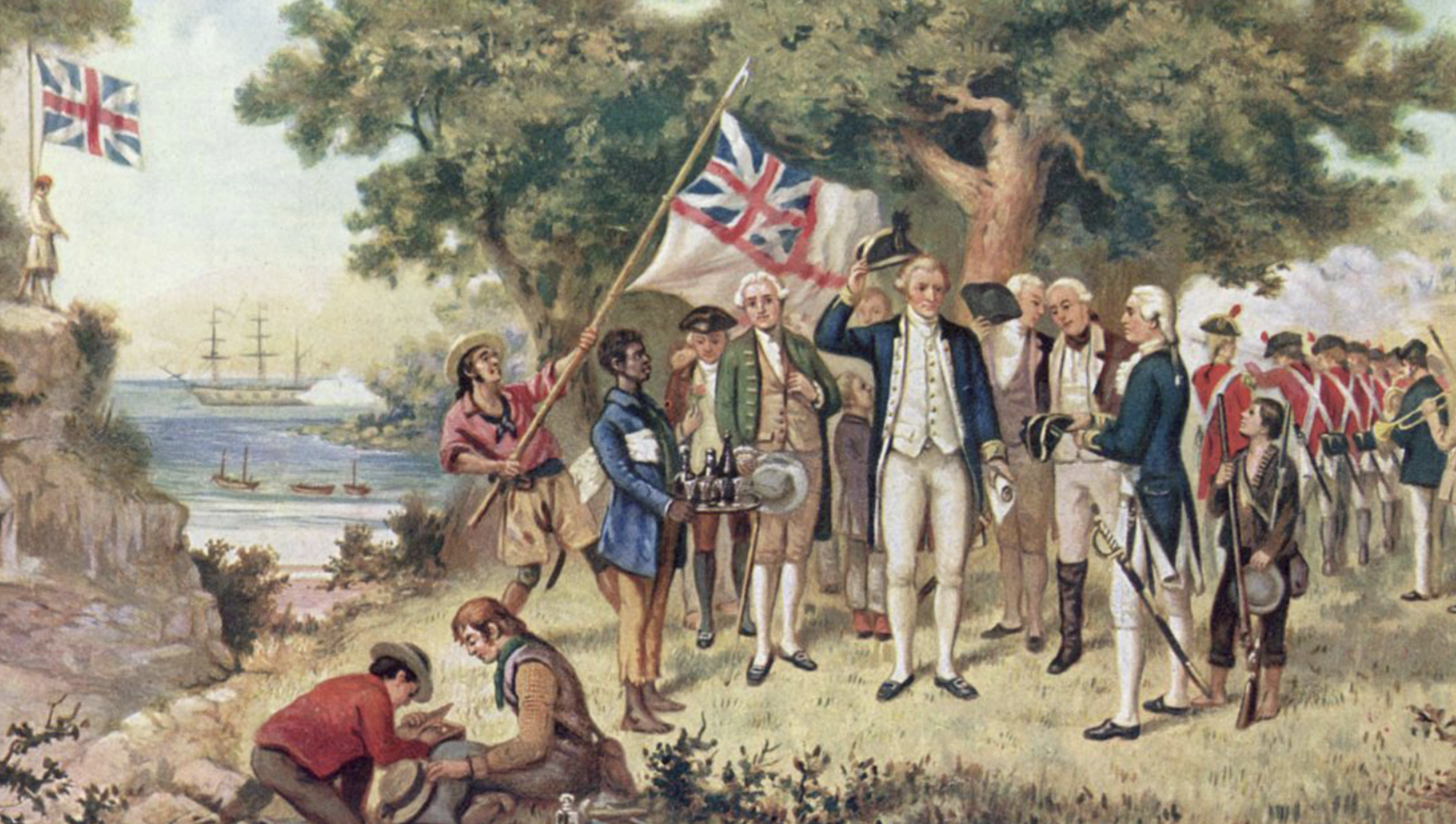
Humans first inhabited Australia between 42,000 and 48,000 years ago. These early Australians were the ancestors of the current Indigenous Australians. It is believed that they traveled to Australia from Southeast Asia, crossing dry land bridges and making short sea voyages. Most of these people had complex oral traditions, worshipped the land, and believed in the significance of dreams. They lived by hunting, fishing, and gathering.
In terms of ethnicity, the Torres Strait Islanders, who belong to the Melanesian group, settled on the islands of the Torres Strait and the northern parts of Queensland. Their culture and customs were distinct from those of the Indigenous people.
The first recorded European to see the Australian mainland was Dutch explorer Willem Janszoon, who spotted the Cape York Peninsula in 1606. Throughout the 17th century, the Dutch mapped the western and northern coastlines of the land they called New Holland but made no attempts to establish settlements. In 1770, Captain James Cook, aboard the HMS Bark Endeavour, charted the eastern coast of Australia and declared the land as British territory.
On January 26, 1788, Captain Arthur Phillip established a settlement at Port Jackson, laying the foundation for the British colony of New South Wales. This day later became Australia Day, a national holiday. The first settlement in what is now Tasmania (then Van Diemen’s Land) was established in 1803, and it became a separate colony in 1825. In 1829, the British officially took control of Western Australia. Separate colonies were established from New South Wales.
For example, South Australia was founded in 1836, Victoria in 1851, and Queensland in 1859. South Australia was unique in that it was established as a free colony and was never a penal settlement. Both Victoria and Western Australia were initially established as free colonies, but later accepted convicts. In 1848, after a campaign by settlers, the transportation of convicts to New South Wales was stopped.
Port Arthur in Tasmania became the largest penal settlement in Australia. When Europeans first arrived, there were approximately 350,000 Indigenous people in Australia. Over the next 150 years, their population drastically declined, mainly due to infectious diseases, forced relocations, and cultural disintegration. Some historians and Indigenous Australians consider the separation of children from their families as a form of genocide, leading to the decline in the Indigenous population. This view has been debated, with some scholars arguing that it is politically and ideologically exaggerated, sparking a debate known as the “History Wars” in Australia.
The gold rush in the early 1850s sparked major social changes, including the Eureka Stockade rebellion in 1854, which was a significant example of early civil resistance against mining license fees.
Between 1855 and 1890, the six colonies had their own responsible governments, although they remained part of the British Empire. The British Colonial Office continued to oversee matters such as foreign relations, defense, and international trade.
On January 1, 1901, after a decade of planning, consultation, and referendums, the colonies formed a federation, and the Commonwealth of Australia was established as a dominion of the British Empire. In 1911, the Commonwealth Territory (later the Australian Capital Territory) was separated from New South Wales to become the new federal capital. That same year, the Northern Territory was transferred from the control of South Australia to that of the Commonwealth. Australia voluntarily participated in World War I.
Many Australians consider the Gallipoli campaign during World War I, in which the Australian and New Zealand Army Corps (ANZAC) fought, to be the birth of the nation. Similarly, the Kokoda Track campaign during World War II is considered a defining moment for the nation. The 1931 Statute of Westminster formally severed the constitutional ties between Australia and the United Kingdom. While Australia passed the statute in 1942, it backdated the law to the early days of World War II, ensuring the validity of laws passed by the Australian Parliament during the war.
In 1942, following the defeat of the United Kingdom in Asia and the increasing threat of the Japanese Empire, Australia turned to the United States as its new protector and ally. Since 1951, Australia has been a formal military ally of the U.S. under the ANZUS treaty. After World War II, Australia encouraged immigration from Europe. Following a 1967 referendum, the Australian government gained the authority to legislate and create policies concerning Indigenous people.
After the abolition of the White Australia Policy in the 1970s, Australia began encouraging immigration from non-European countries, especially in Asia. This shift dramatically changed the country’s demographics, culture, and national identity. The passage of the 1986 Australia Act ended the final constitutional links between Australia and the United Kingdom, and removed the right of appeal to the Privy Council in London. In a 1999 referendum, 54% of Australian voters rejected the proposal to establish a republic with a president elected by Parliament.
© Бүх эрх хуулиар хамгаалагдсан.